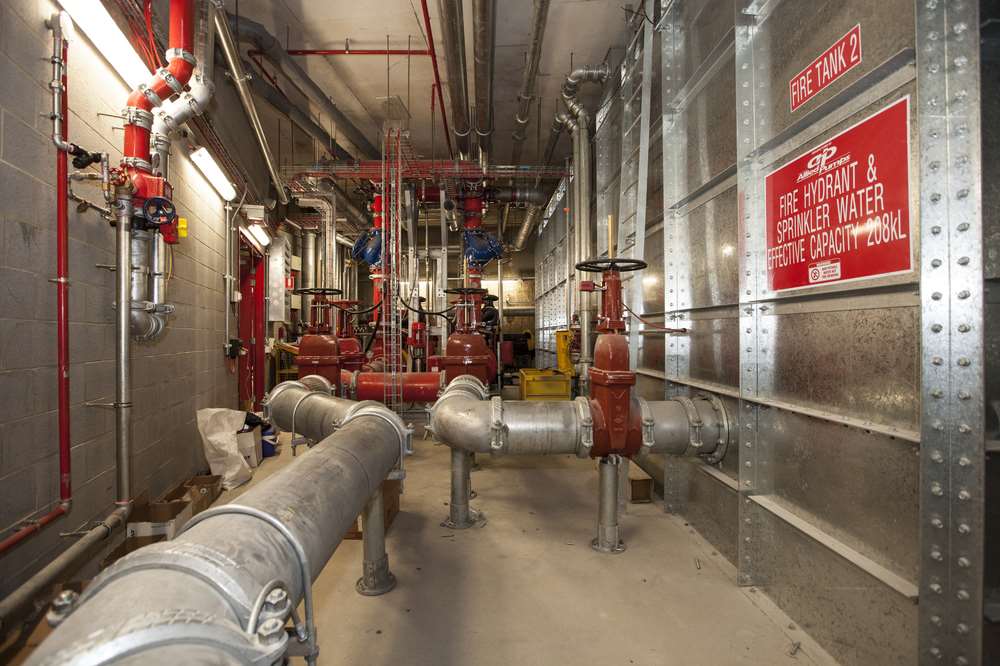Industrial pumps of all sizes are constantly at work in the background to keep modern life operating smoothly, even though you might not generally give them a second thought. They are crucial in the manufacturing, agricultural, energy, and other sectors. They are used to carry liquids, air, and gases in a range of industries.
The following information is important to know if you operate in an industry that uses industrial pumps:
The following information is important to know if you operate in an industry that uses industrial pumps:
Vacuum Industrial Pumps:
Plug-and-play industrial pumps are not usually available.
The majority of the time, you cannot take a pump straight from the factory and instal it in your system, even though you can get a plug-and-play pump with the help of your provider. You, the end user, will have to complete this work yourself, for instance, if it comes as a bareshaft unit without a motor or with accessories not attached as necessary. Filters, pressure relief valves, and exterior discharge check valves are a few examples of accessories. As stated by your provider or in the pump handbook, you will frequently need to first:
- Grease or add oil to the bearing housings.
- Check the alignment after aligning the pump’s driver, such as the electric motor.
- Recheck alignment after installing the pipe.
- If necessary, set the mechanical seal.
Pumps are made to function optimally at a specific point or range along their performance curve.
Industrial pumps can be used to move gas, air, or liquid through pipe networks. They are actually built to function best at a particular point or a range on their performance curve. Based on typical production and testing, each pump’s performance curve is distinct. The best efficiency point is thought to be here (BEP).
The performance of the pump from the manufacturer might not be unique to your sector.
The pump performance curves, unless otherwise specified, are based on how well the pump performs when pumping water. If you are pumping another liquid, you will probably need to adjust for specific gravity and fluid viscosity on your own and speak with the manufacturer about how differing water or liquid temperatures may affect your pumping operation.
The pump will respond to the setup it is mounted in.
A centrifugal pump is designed to respond to a particular set of fluid characteristics and working speed. Where the pump will work depends on the system curve, which also shows the required nett positive suction head, power absorbed (HP/KW), and flow and pressure measurements for suction (NPSHR).
Except for vacuum Industralia pumps and self-priming centrifugal pumps, pumps do not suction.
Many people believe that pumps draw or suck fluids into themselves. This is false because liquids lack the tensile strength needed for pumps to draw them into suction. The fluids must instead be moved into the pump using another method, typically using gravity and/or air pressure.
A pump cannot be operated in reverse to change the direction of liquid flow.
The liquid will still enter the suction nozzle and depart via the discharge nozzle even while the pump is operating in reverse, even though the pump will operate significantly less effectively. Running some pumps backwards can result in the impeller coming loose and becoming stuck in the casing.
The suction side is where most issues arise.
Suction, the pump itself, and the downstream are three distinct systems that can all experience issues with your industrial pump. If you need to troubleshoot, start with the suction side since that is often where problems arise.
Contact Allied Pumps right now.
Allied Pumps can offer advice on the optimal pumping solution for your system if you work in a sector that employs industrial Oil and gas pumps and are seeking for a supplier of the pumps you need.
For more info about Industrial Pumps read this blog:
Why Choose M Pumps Magnetic Drive Pumps for Industrial Operations


